A short history of the Delftware research project
In ‘NRC Handelsblad’ of 1 May last Kunstmuseum (formerly ‘Gemeentemuseum’) Den Haag commemorated the death of Marion S. van Aken-Fehmers, the museum’s curator of Delftware from 1995-2013, dubbing her ‘ambassador of Delftware’.
This article aims to document Van Aken’s all-important role in the large-scale Delftware research project realized from 1995.
An imposing collection of Delftware
When I became head of the Kunstmuseum’s Applied Art Department in 1994, one of my main objectives was to open up and research the collection of Delftware the museum possessed since 1904, realising this could only be done with the help of others. Fortunately, Van Aken, an art history student researching dated Delftware, asked me if she could see the museum’s Delftware collection. I will never forget her enthusiasm, curiosity and passion when first visiting the depot. Moreover, her questions showed the right scholarly attitude and I took her on as a trainee straightaway. After graduating (on dated Delftware), she was appointed as Delftware researcher, becoming the driving force behind a wide-ranging investigation of the Delft plateel industry, resulting in a five-volume series of publications, ‘Dutch Delftware. History of a National Product’.
Searching the archives
The collection of A.H.H. van der Burgh, a nineteenth-century collector, forms the nucleus of the museum’s Delftware collection. He was one of the first to seriously research Delft faience by exploring the Delft archives and recording his findings concerning the oldest Delft plateel makers. Following in his footsteps, Van Aken focussed on the dated products of four plateel makers whose work was well represented in the museum’s collection, hoping to link them via ‘hard’ data like marks and dates on the objects to factual archival data. The many questions this raised led to the appointment of two historians, Loet A. Schledorn and Anne-Geerke Hesseling, to assist her.
The first two volumes appeared in 1999 and 2001 respectively, containing information on a number of plateel makers and their products, besides marks, the trade in Delftware and product assortment. Naturally every publication was accompanied by an exhibition; moreover, at the publication of Volume II the knowledge site www.delftsaardewerk.nl was launched.
Interdisciplinary team
The reputation of Van Aken and her project soon led to cooperation with the Delft municipal museums. Under her inspiring leadership Schledorn and art-historian Marjoleine Groen, hired by the museums, researched the history of the only surviving Delft earthenware factory, De Porceleyne Fles. The ensuing Volume III (2003), is a monographic study of this factory, including an archaeological essay by Sebastiaan Ostkamp on the majolica and faience found in the factory's trash pit. Clearly, an interdisciplinary Delftware team had formed by then.
Famous for her expertise Van Aken was ‘loaned’ to museums at home and abroad, for instance Keramiekmuseum Princessehof in Leeuwarden, the Victoria and Albert in London and Schloss Oranienbaum in Germany.
Vases with spouts
Closest to Van Aken’s heart was Volume IV (2007), ‘Vases with Spouts’, for which she assembled an international team of experts: Wies Erkelens from the Netherlands, Claire Dumortier from Belgium and Christine Lahaussois from France. The botanist Ben Groen and a project assistant, the art historian Sarah Bosmans, completed the team. No fewer than 278 Delft vases with spouts were tracked down, with two pairs of flower holders belonging to Queen Elizabeth II as the absolute top pieces in the spectacular accompanying exhibition.
The 2009 exhibition ‘delftsaardewerk.nl’ marked the renewed version of the project’s website, which had become so popular that the art historian Suzanne Lambooy was recruited to assist Van Aken. In 2012 the permanent exhibition ‘Delftware WonderWare’ opened, accompanied by the publication of ‘Het Wonder van Delfts Blauw/Delftware WonderWare’, targeted at a wider public.
The finale: Delft white
In November 2013 the exhibition ‘Delft white’ was mounted on the occasion of Van Aken’s retirement. Once again she assembled a large number of experts to research this seemingly a-typical, mostly unmarked, Delftware product. That she asked Luc Megens and Guus Verhaar to chemically analyse the glazing of the tin-glazed earthenware in an attempt to determine its origin, a report of which is included in Volume V, is another example of her unbridled scholarly curiosity.
The scope of this article is not by far enough to describe Marion S. van Aken-Fehmers’ services to the research into the history of Delftware and especially the collection of the Kunstmuseum. Anyhow, the municipality of The Hague awarded her the Municipal Medal of Honour on her retirement, a deserved tribute to a driven researcher who provided a solid academic basis for future scholars to build upon.
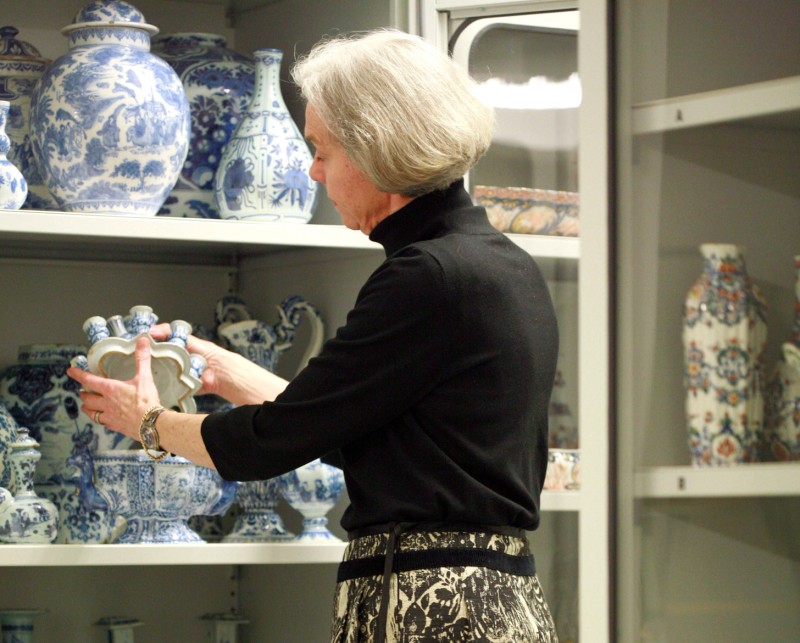
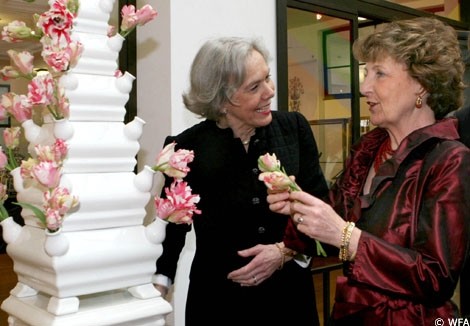

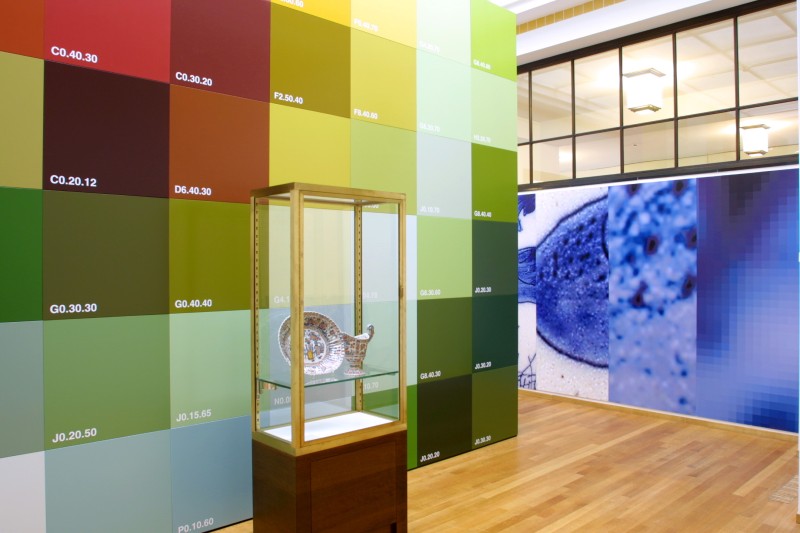

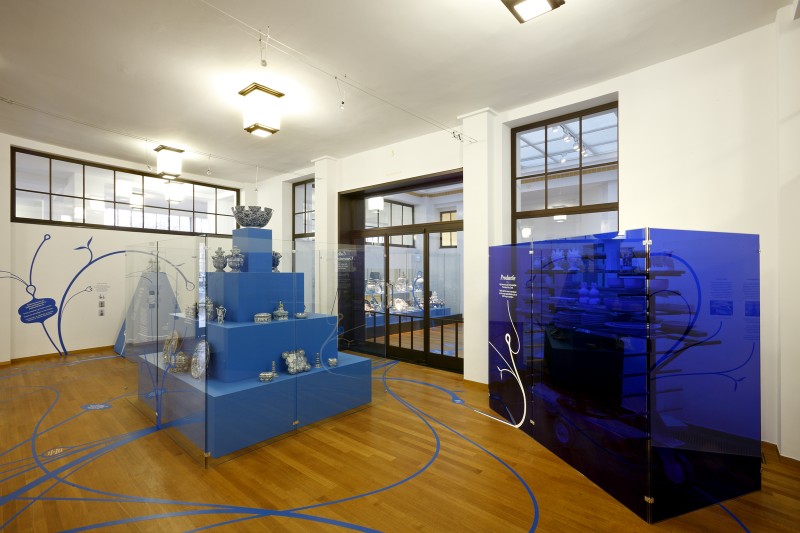
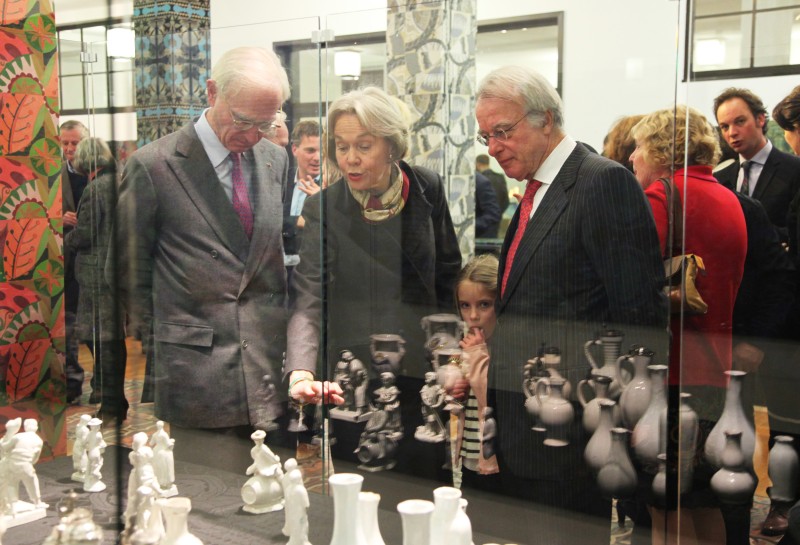

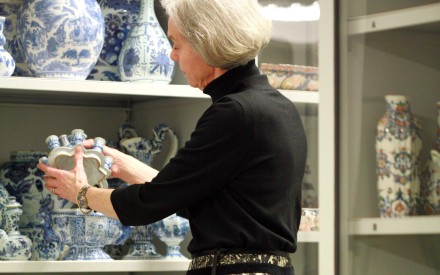

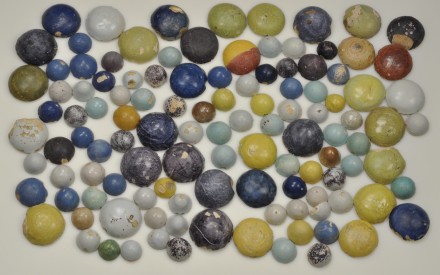

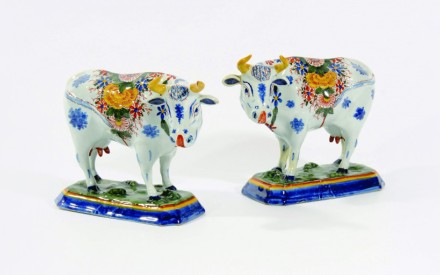
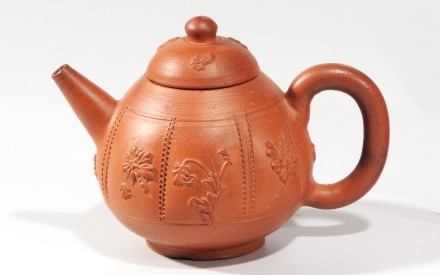












Add new comment
Only logged in users can post comments
Log in or register to post comments